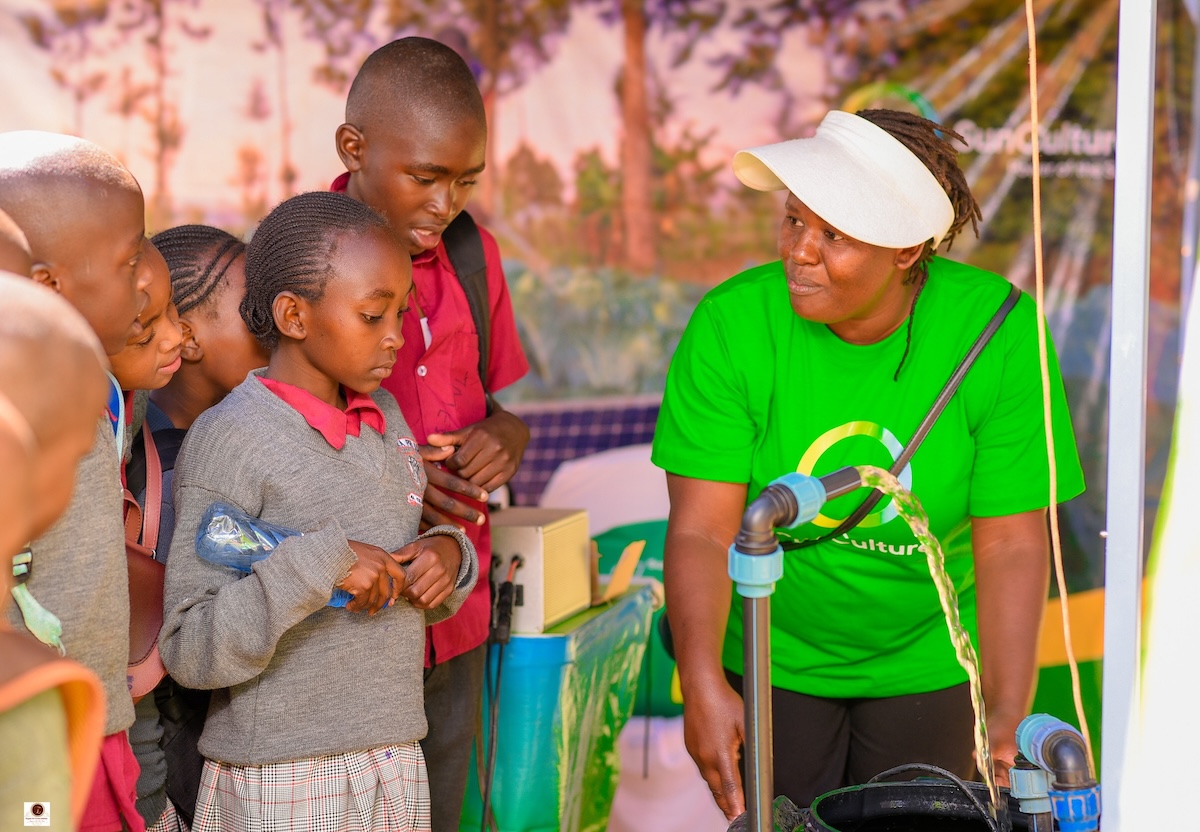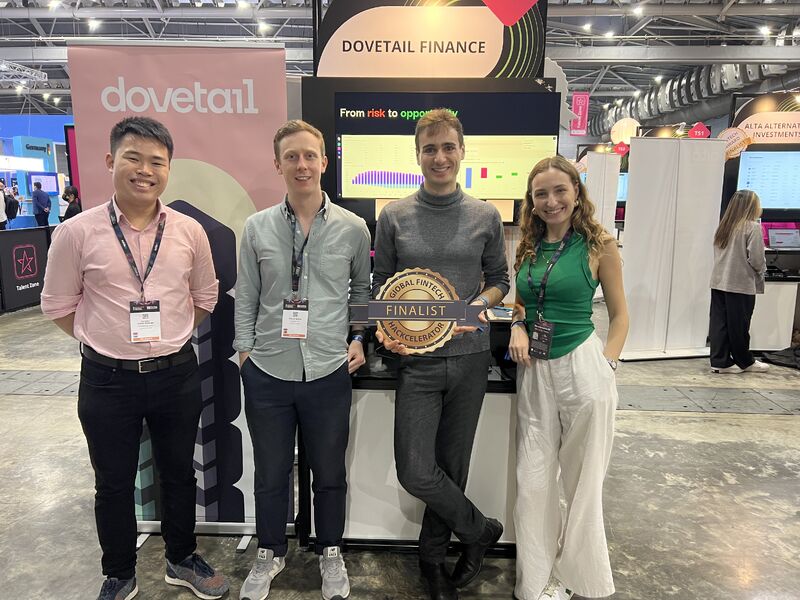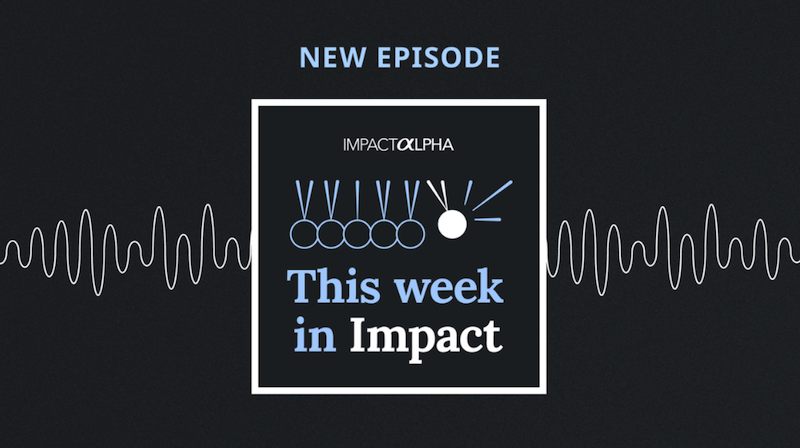As preservation and restoration of the oceans rises on the global agenda (see UN Sustainable Development Goal No. 14: “Conserve and sustainably use the oceans, seas, and marine resources”) it may be instructive to look back on the decade-long story of a private equity fund that intended to do just that.
The Sea Change Investment Fund, vintage 2005, was one of the first impact investment funds formed specifically around opportunities to shift the seafood industry toward sustainability. The fund’s objective was to expand the market by demonstrating that sustainable seafood could be good business for the seafood industry and for investors.
 The fund was launched with a $10 million low-interest loan from the David and Lucile Packard Foundation, double the size of the foundation’s typical program-related investments. Those funds were matched with another $10 million in equity investment from three high-net-worth individuals who still choose not to be identified.
The fund was launched with a $10 million low-interest loan from the David and Lucile Packard Foundation, double the size of the foundation’s typical program-related investments. Those funds were matched with another $10 million in equity investment from three high-net-worth individuals who still choose not to be identified.
“It is the foundation’s biggest attempt to radically change the marketplace—and is possibly its riskiest undertaking as well,” the Packard foundation wrote in its own case study of Sea Change.
Ten years later, the fund is modest about both its financial success and its environmental impact. Sea Change has at least one winner in its portfolio in Wild Planet, a California-based canned tuna company that has reached national distribution through Costco and Walmart. Other solid companies include Bar Harbor Foods, Whiting, Maine; Ecofish, Dover, N.H.; and Advanced Bionutrition, Columbia, Md.
Slow Exit
Private equity funds typically close their books after 10 years, but Sea Change is working with its investors to gain additional time to arrange exits from some of its portfolio companies. Packard has recovered its capital and Jason Winship, the fund’s manager, is working to return capital to the equity investors, either by disposing of more assets or recapitalizing the fund.
“We’re proud of what Sea Change represented to the industry,” says Winship. “We proved that money can be made while influencing better practices.”
Packard had been working for years to grow markets for environmentally sustainable fish, including through grant support for organizations such as Marine Stewardship Council and Seafood Watch. Missing was robust demand from consumer-facing brands for environmentally-preferable products. Consultants at California Environmental Associates, including Winship, framed a model for Sea Change, a pool of capital for mid-sized growth opportunities in the seafood supply chain.
“I didn’t know much about seafood,” says Winship. “I was just a finance guy at the time.”
Brand Building
The fund set about building a portfolio of consumer packaged goods for seafood, much as other consumer-goods funds have targeted health and natural food brands. (Indeed, Winship is now the managing director at Partnership Capital Growth in San Francisco, focused on consumer packaged goods opportunities.)
Sea Change invested in Wild Planet in 2008 when the distributor of pole-and-line caught, high-quality tuna was generating about $2 million in annual revenue.Along with Sea Change’s investment, investor Terry Hunt came on as Wild Planet’s CEO to provide business leadership and to complement founder Bill Carvalho’s seafood knowledge. In 2012, the company had revenues of about $60 million, executives said at the time.
“They split the difference price-wise with a high-quality product that was unassailable from a sustainability point of view, and they’ve done very well,” Winship says. (See “How Much Would You Pay for a Can of Tuna?”)
Ecofish and Bar Harbor Foods are two other canned seafood products in Sea Change’s portfolio. Sea Change invested $1.6 million in Ecofish, which specializes in Alaskan pink salmon. Bar Harbor, which cans seafood products from the Gulf of Maine including chowder, lobster meat and herring fillets, operates their own cannery in Washington County, Maine, one of the poorest in the state. Sea Change is a co-investor with Coastal Enterprises Inc., or CEI, a nonprofit community development lender based in Wiscasset, Maine (see “As Maine’s Waters Warm, a Seafood Investor Fosters Climate Resiliency“).
Outside of consumer packaged goods, Sea Change also invested in Advanced Bionutrition, a technology provider developing solutions for human and animal nutrition and health. At the time of investment, Advanced Bionutrition was working on algae applications for fishmeal and fish oil.
Impact Screening
The fund made use of separate advisory committees for a two-tier investment-decision process. Experts from Packard, the Ocean Conservancy and other academics in fisheries and aquaculture screened investment opportunities for conservation impact. Approved opportunities went to the investment committee, which screened high-impact deals for return on investment.
Sea Change opted against aquaculture investments. Winship felt it was not feasible for a small fund to invest in high-cost infrastructure. Looming threats from disease and rising costs from aquafeed were also deal-killers in 2005, though solutions to those challenges have since become opportunities in themselves (see “What to Feed the Fish?”). Even today, Winship says he would not invest in an inland shrimp producer, for example, because of the capital expenditures required. “But we might get fired up about investing in a feed producer,” he says.
Sustainable seafood has been a tough business to scale because of the massive volumes needed to compete with conventionally produced salmon, shrimp and whitefish. For example, a fish stick from McDonalds that comes from MSC-certified Alaska pollock may not generate a premium from consumers. “Taking that sustainability story to consumers isn’t necessarily straightforward,” Winship says. “It requires dedicated and compelling marketing.”
The Packard Foundation’s original bet was that the marketplace for high-end sustainable fish products would grow even after it had removed itself from the picture. The foundation’s measure of success for its Sea Change investment, as described on its web site: “Informed consumers’ access to new and better products will change in very observable ways. Consumers will see it at the freezer section of supermarkets, stocked with well-marked packages of sustainable seafood. They’ll see it in restaurants where chefs will use their menus to inform diners about responsible fish choices.”
“In short, you will know that the investment is paying off when you can see the change for yourself.”
That shift has indeed occurred, but Winship stresses Sea Change was a “very, very small part” of changes wrought by a broad set of actors, including Packard. “Sea Change was one rifle shot in that whole spectrum,” he says, and makes no claims that Sea Change’s investments directly changed ocean or fishing conditions at the source.
In the end, Winship advises the new crop of impact investors to remember that, in the end, impact investing is investing, and to remain modest about impact itself.
“We’ve seen lots of investment opportunity over the years, and lots of well-meaning investors that want to focus on the mission….to the exclusion of the business,” he says. “We have come a long way in the impact space, but there was also a lot of arm-waving around impact that didn’t stand up to scrutiny. Avoid that.”
[seperator style=”style1″]Disclosure[/seperator]
ImpactAlpha’s Financing Fish follows investors and entrepreneurs seeking opportunities in the $390 billion seafood industry’s shift towards sustainability. Sign up for the Financing Fish newsletter here.
The Packard Foundation is a financial sponsor of ImpactAlpha.











